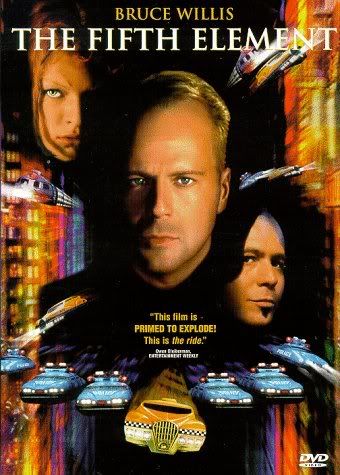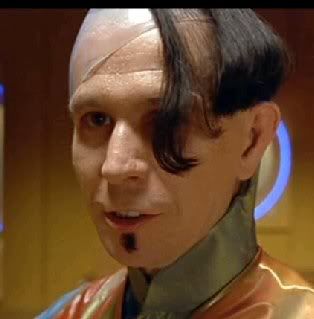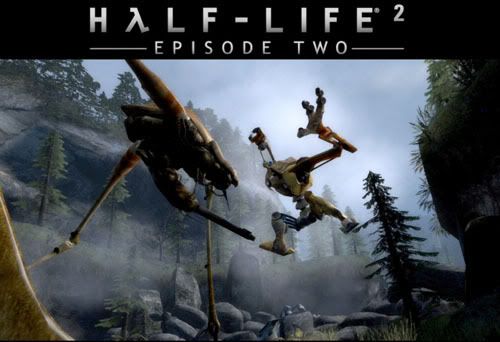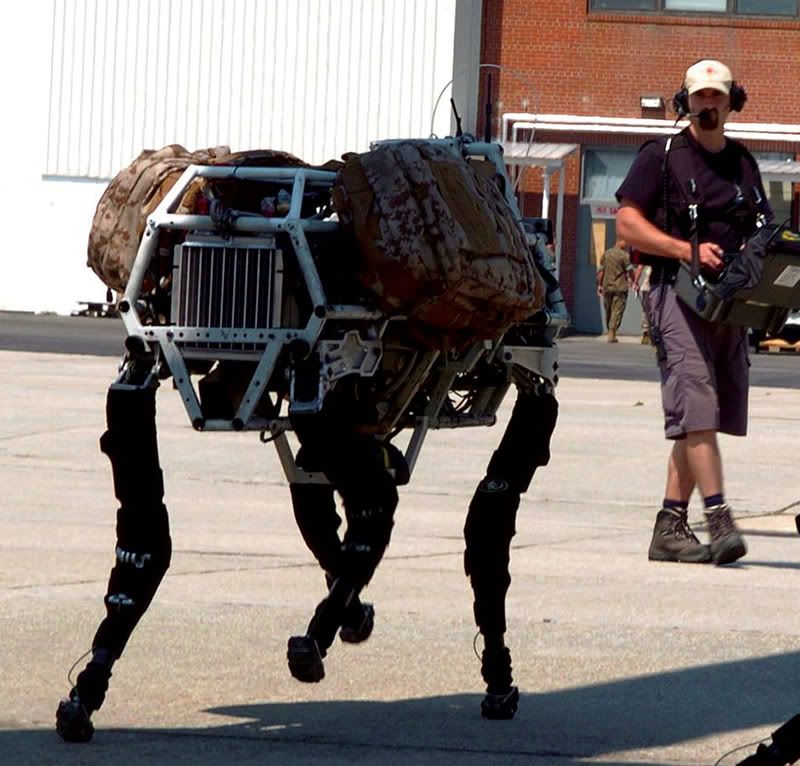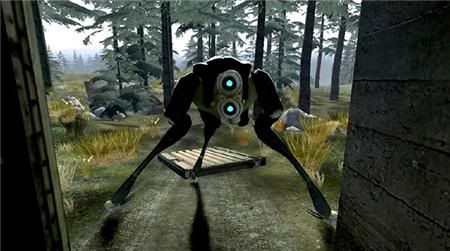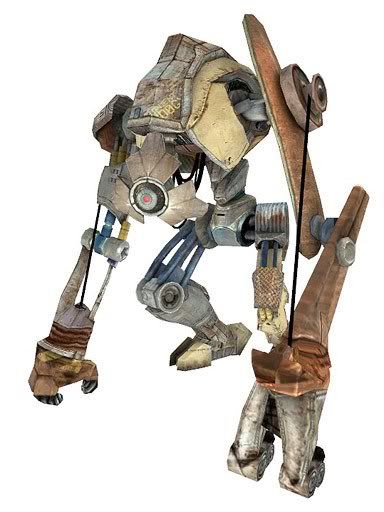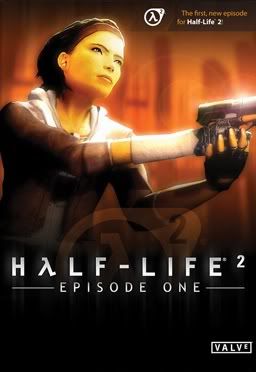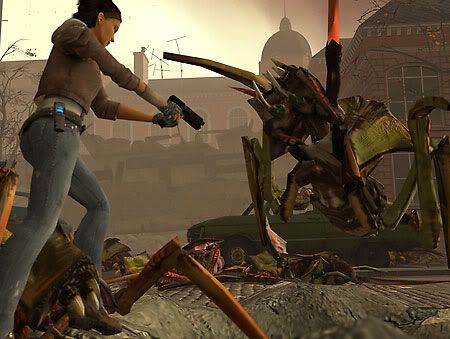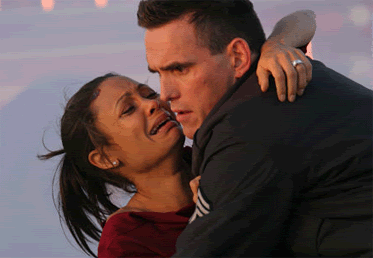In the interest of full disclosure, I must admit that I never played the original Team Fortress (now dubbed Team Fortress Classic). I don’t know if I ever had enough friends who also played that could have helped me assemble a decent team. But the appeal of the idea was never lost on me, and with the advent of Team Fortress 2, as part of the Orange Box, the burning coal of an idea concerning team-based class-focused competitive shooter action has been refined to the point of diamond pearlescence.
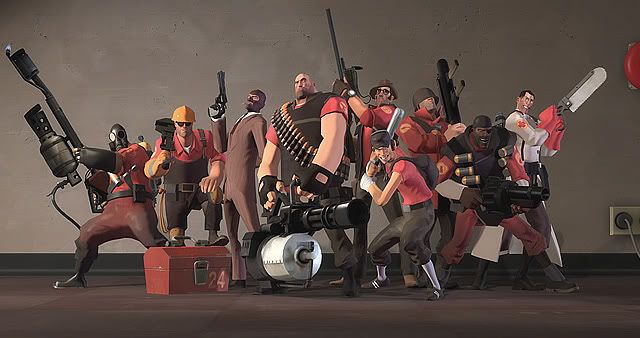
With an aesthetic that’s one part The Incredibles and one part Sam Peckinpah, Team Fortress 2 introduces us to rival companies Reliable Excavation & Demolition (RED) and Builders League United (BLU). These companies employ a variety of mercenaries in an attempt to secure various construction sites. Some of them are the sources of a valuable resources and others are the secret location of some sensitive documents. Whatever the reason for the spit of land in question to be fought over, RED & BLU reveal themselves to be dedicated to defeating each other to the point of people blowing each other into juicy chunky bits in the name of their employer’s victory. It’d be a somewhat chilling commentary on the cutthroat nature of business and the brutality intelligence agencies are capable of perpetuating, if the game wasn’t so hilariously over-the-top and presented like an animated 60s Bond film with more explosions and less voluptuous women.
The focus here is on the co-operative nature of team game play, and so the aesthetic is designed to ensure that any players class, current weapon and team affiliation are easy to determine at a glance. Because sometimes a glance is all you get before parts of your body are flying in all directions. In a similar mode of thought, the maps of the game are not interested in being visually intricate in the manner of some Halo environments, nor are they the dingy corridors or dank caverns of Gears of War. While most of them tend to be somewhat arid and unadorned by vegetation, they’re also easy to navigate and provide not only open areas for large skirmishes but various ways for players interested in using stealth to get into positions while those laying traps have plenty of spots from which to choose. Speaking of which, the classes bear particular mention, in that the phrase “something for everybody” has never been more true in a gaming sense.
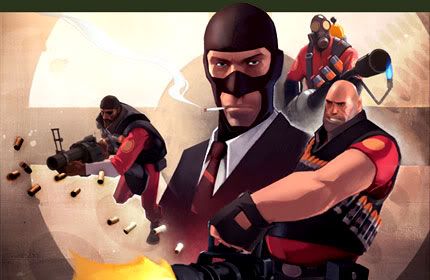
Awesome comes in a variety of flavors.
The nine classes are broken into three broad categories: Offensive, Defensive and Support. Offensive classes are all about taking the fight to the enemy. The Scout is concerned with speed first and foremost, getting right into an opponents face and either blasting them with a sawed-off shotgun or beating them into a pulp with a bat. The Soldier uses a rocket launcher at range, a shotgun close-up, and a shovel when maggots just get too close to the guy’s war face. The final offensive class is the Pyro, who not only pushes back enemies with their flamethrower but can also light invisible spies on fire just as much as everybody else. Defensive classes, on the other hand, are designed to make sure that getting close to them is a bad idea. When it comes to blowing things up, the Demoman is unmatched, using either standard grenades from a launcher to blast oncoming threats or sticky ones to lay traps for unwary intruders. Fans of flying bullets and a metric fuckton of health need look no further than the Heavy, whose multi-barreled companion Sascha mows down the opposition as the player takes on the role of mobile wall of enemy deterrent. The Engineer is more of a stationary defender, building sentry guns of ever-escalating power and complexity in order to dissuade anybody from the other time from getting close. Finally, the Support classes are those that fall into neither offensive nor defensive roles exclusively, but exhibit flexibility in their specialization. Paramiliary units wouldn’t last long without a Medic, and this class is just as much at home supporting an offensive push as standing behind the Heavy to ensure there’s no shortage of gatling-flavored death for all comers. The Sniper can perch either over an area where his shots will clear the way for an offensive push or back by the friendly objective to create a place full of would-be infiltrators. Last but certainly not least is the Spy, the gentlemanly backstabber who must carefully choose when and where to reveal themselves regardless of whether they’re sneaking into an enemy base, pouncing on the stragglers in an assault or sabotaging a nest of defenses.
If you’re at all interested in shooting stuff with or at other people, chances are one of these classes will be up whatever alley happens to be yours.
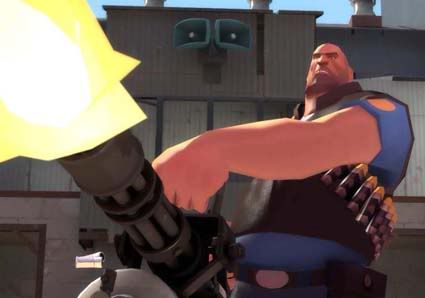
“One of you ate my sandvich! I know it! I MAKE YOU CRY SOME MORE!”
Given its emphasis on co-operative play, Team Fortress 2 is one of those games best played with people you know. This can be a group of friends or an organization like a clan or guild, but either way, my experience has been that randomly joined games are nowhere near as fun as those played with folks with whom you’re familiar. Given the pervasiveness of verbal abuse and elitism among on-line game players, especially on Xbox Live, joining a random game of Team Fortress 2 might just turn some people off of the concept. Mastering any one of the game’s classes takes practice, and doing so in an environment where you’re being reminded of how much you suck can be quite a deterrent. Then again, that could just be my opinion, given that somewhere along the line I turned into a big fluffy care bear.
Regardless, if you can find a bunch of people playing on the same platform, seeing a plan come together in Team Fortress 2 can be a fun and rewarding experience. If nothing else, the way in which the game is presented makes it notable, unique and downright awesome. The gameplay itself might not be for everyone, but I’d be surprised if there was someone out there who didn’t appreciate the time, effort and sheer amount of fun represented by the various Meet the Team videos. It’s difficult to find anything overtly critical to say about an online shooter focused on co-op play that’s balanced between the disparate roles people might wish to play, and I’ve yet to play the Steam version that includes updates with unlockable weapons and costume changes. So, instead, here’s that picture of the Sniper again, because if I do dive back into Steam to play Team Fortress 2 in the near future, you’ll likely find me donning a hat decorated with ‘gator teeth and keeping my eyes peeled for those pesky Spies.
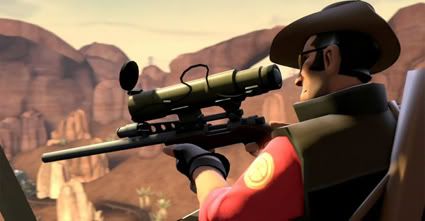
It’s a good job, mate.
Stuff I Liked: Balanced classes in co-operative setting under the pretty peerless direction of Valve.
Stuff I Didn’t Like: Again, it’s a personal thing, but some of the people in random games who trash-talk new players just for being new & inexperienced really rubbed me the wrong way.
Stuff I Loved Love: The aesthetic, spirit and mentality of this game and its ongoing production makes me strongly inclined to give it another go as soon as I can afford to download it via Steam.
Bottom Line: Well, I just said I’m going to find a way to get it on Steam, which is probably about as definitive a recommendation as I can muster. I don’t want to discourage Xbox owners from playing, either, and if you find a few of you are on a server hosted by Xbox Live, drop me a line. I just might show up.
Orange Box Reviews: 80% complete.


